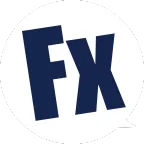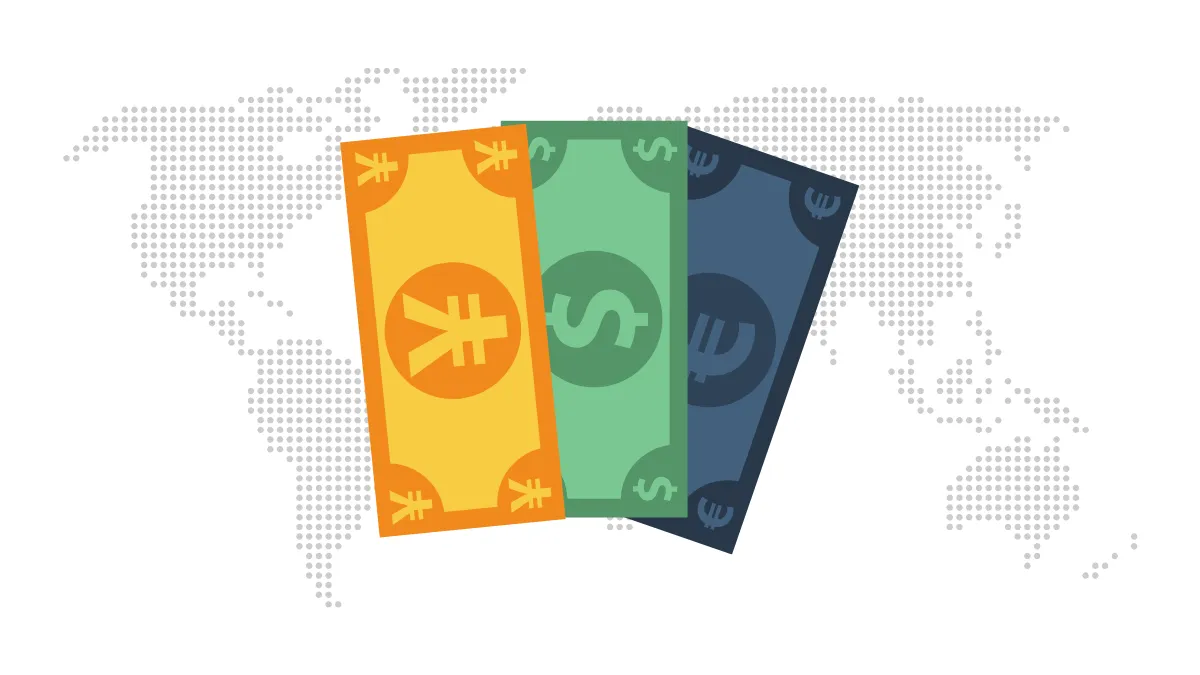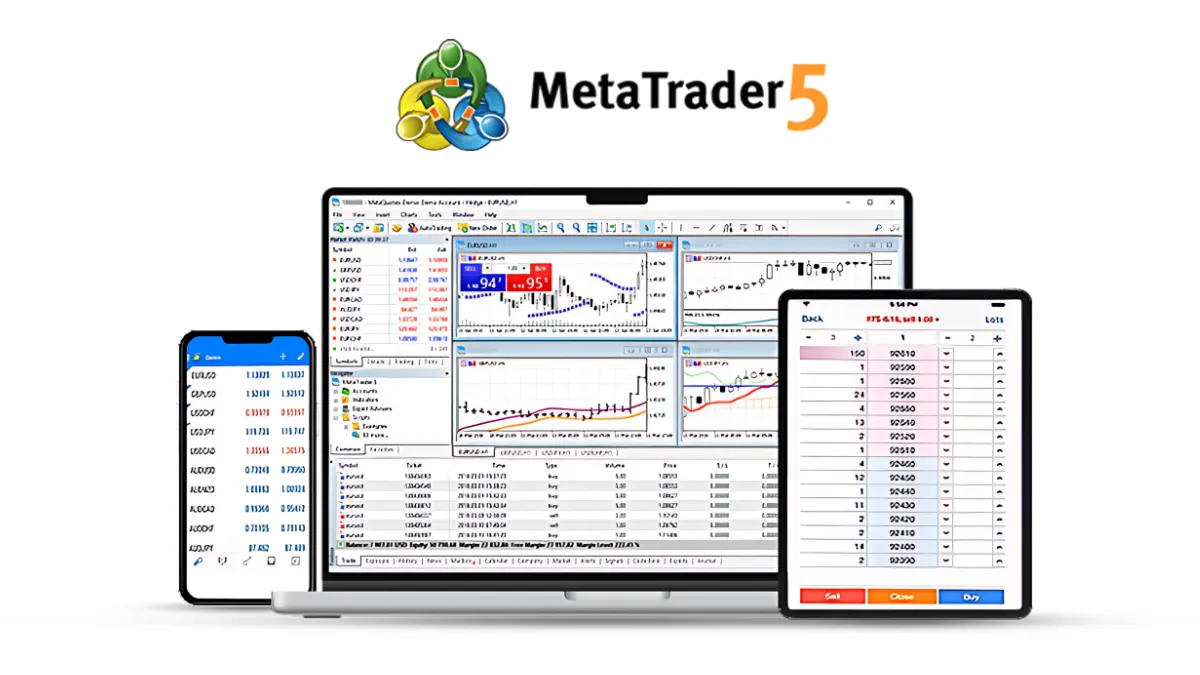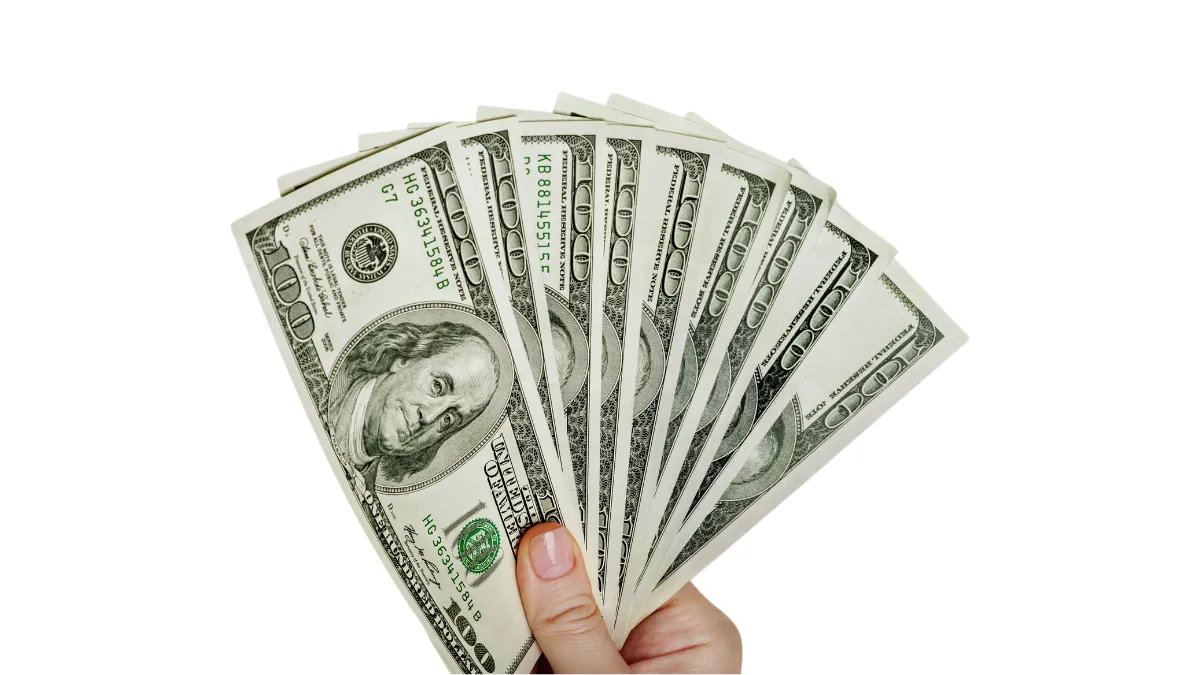What is traded in the Forex market?
The objects traded in the foreign exchange market are currency pairs, which is a core concept that beginners must first master.When you trade forex, you are actually buying one currency and selling another at the same time.
Understanding this is crucial for successful forex trading.
The concept of currency pairs
Every forex transaction involves two currencies, which is called a currency pair.The format of a currency pair is usually "XXX/YYY", where "XXX" represents the base currency and "YYY" represents the quote currency.
When you trade a currency pair, you are actually buying the base currency and selling the quote currency.
For example, when you trade EUR/USD, if you buy the pair, it means you are buying Euros and selling US Dollars.
Major currency pairs
The most frequently traded currency pairs in the forex market are composed of currencies from the world's major economies, these are called major currency pairs.These major currency pairs usually have the highest liquidity, the largest trading volume, and relatively small volatility.
Here are some common major currency pairs:
- Euro vs. US Dollar (EUR/USD)
- British Pound vs. US Dollar (GBP/USD)
- US Dollar vs. Japanese Yen (USD/JPY)
- US Dollar vs. Swiss Franc (USD/CHF)
- Australian Dollar vs. US Dollar (AUD/USD)
- US Dollar vs. Canadian Dollar (USD/CAD)
Cross currency pairs and exotic currency pairs
In addition to major currency pairs, other types of currency pairs are traded, known as cross currency pairs and exotic currency pairs:Cross currency pairs
These currency pairs do not include the US dollar. For example, EUR/GBP or AUD/JPY are cross currency pairs.These pairs are more volatile than major currency pairs but have relatively lower liquidity.
Exotic currency pairs
Exotic currency pairs involve one major currency and one currency from an emerging market country, such as USD/ZAR (South African Rand) or USD/THB (Thai Baht).These currency pairs are more volatile and have higher trading risks, but also offer greater potential returns.
Products in the Forex market
Besides the currency pairs themselves, the forex market also offers different trading instruments that allow traders to participate in the market in various ways:- Spot trading: A spot transaction that takes place immediately, executed at the current exchange rate, and settled within two business days after the trade.
- Forward transaction: A transaction to be executed at a predetermined exchange rate on a future date.
- Futures and options: Traders can choose whether to buy or sell a currency at a specific price on a certain date.
- Contracts for Difference (CFD): CFDs allow traders to speculate on the price movements of a currency pair without actually owning the currency.
The role of market participants
Participants in the forex market each have their own trading purposes:- Central banks and governments: The main purpose is to stabilize currency values and influence the economy by regulating the market.
- Large financial institutions and hedge funds: Use exchange rate fluctuations for large-scale speculative trading.
- Individual investors and retail traders: Individual traders buy and sell currencies through forex brokers with the aim of profiting from changes in exchange rates.
Hi, We are the Mr.Forex Research Team
Trading requires not just the right mindset, but also useful tools and insights.Here, we focus on Global Broker Reviews, Trading System Setup (MT4 / MT5, EA, VPS), and Forex Trading Basics.
We personally teach you to master the "Operating Manual" of financial markets, building a professional trading environment from scratch.
If you want to move from theory to practice:
- Help share this article to let more traders see the truth.
- Read more articles on Broker Tests and Forex Education.





